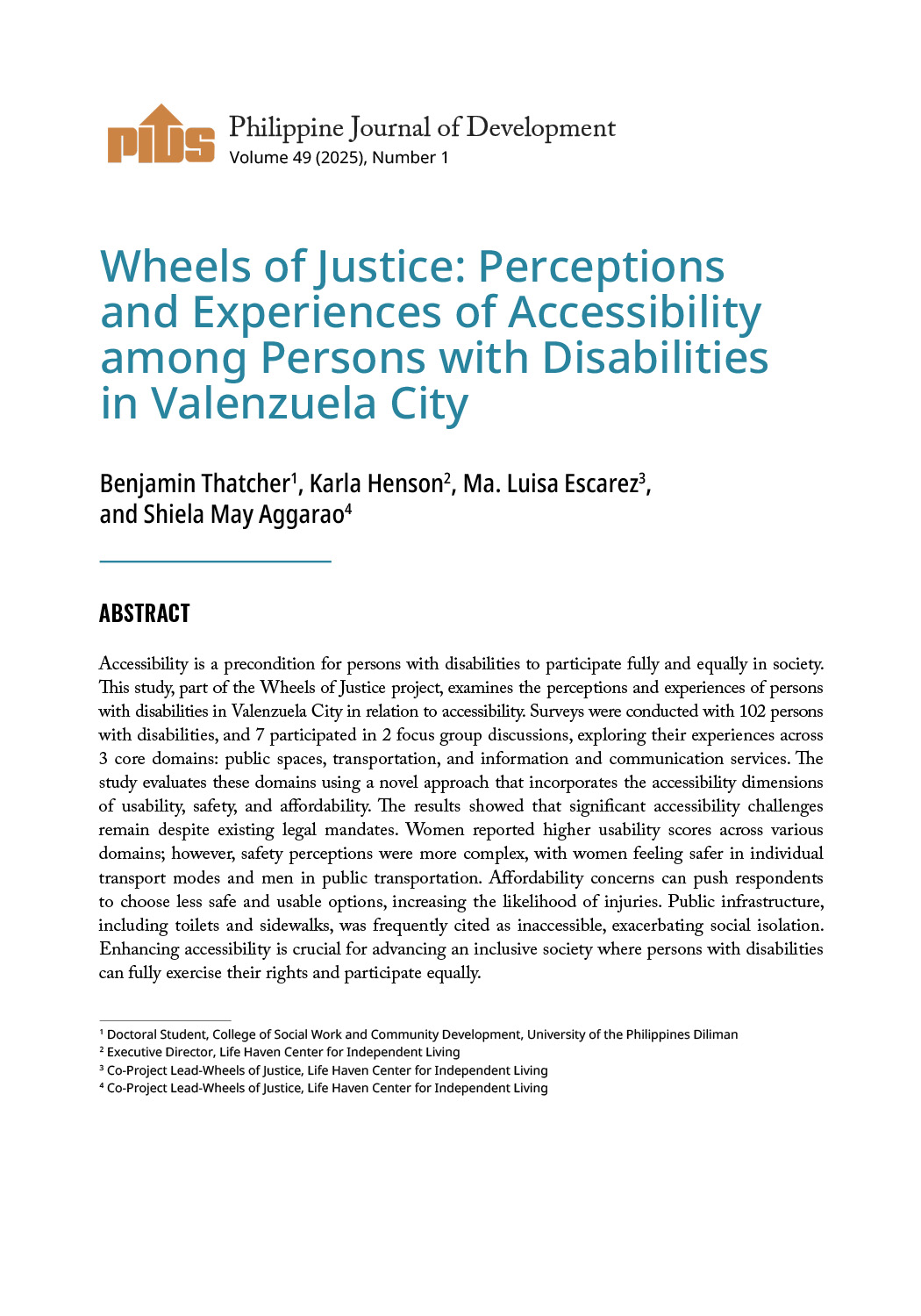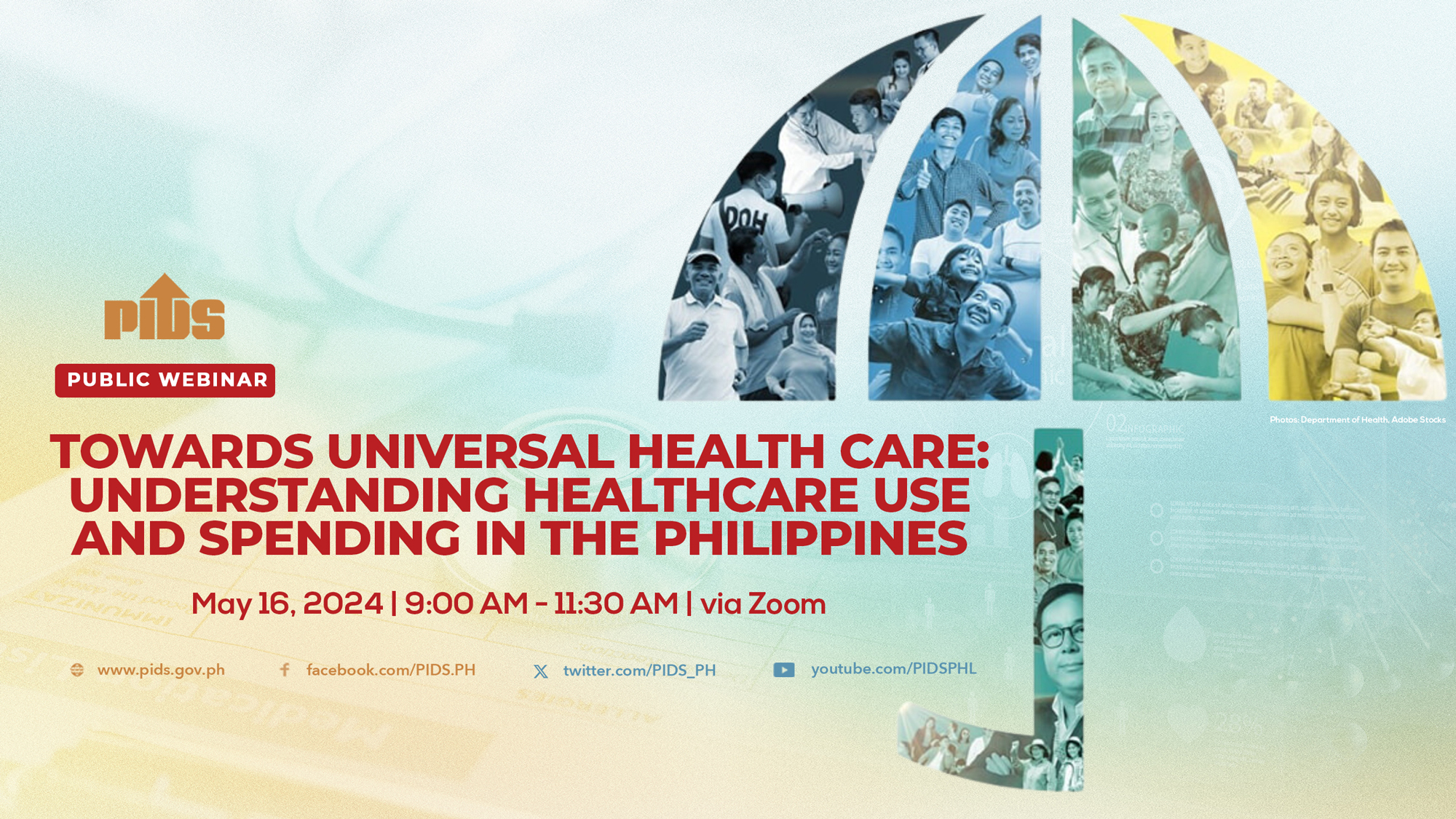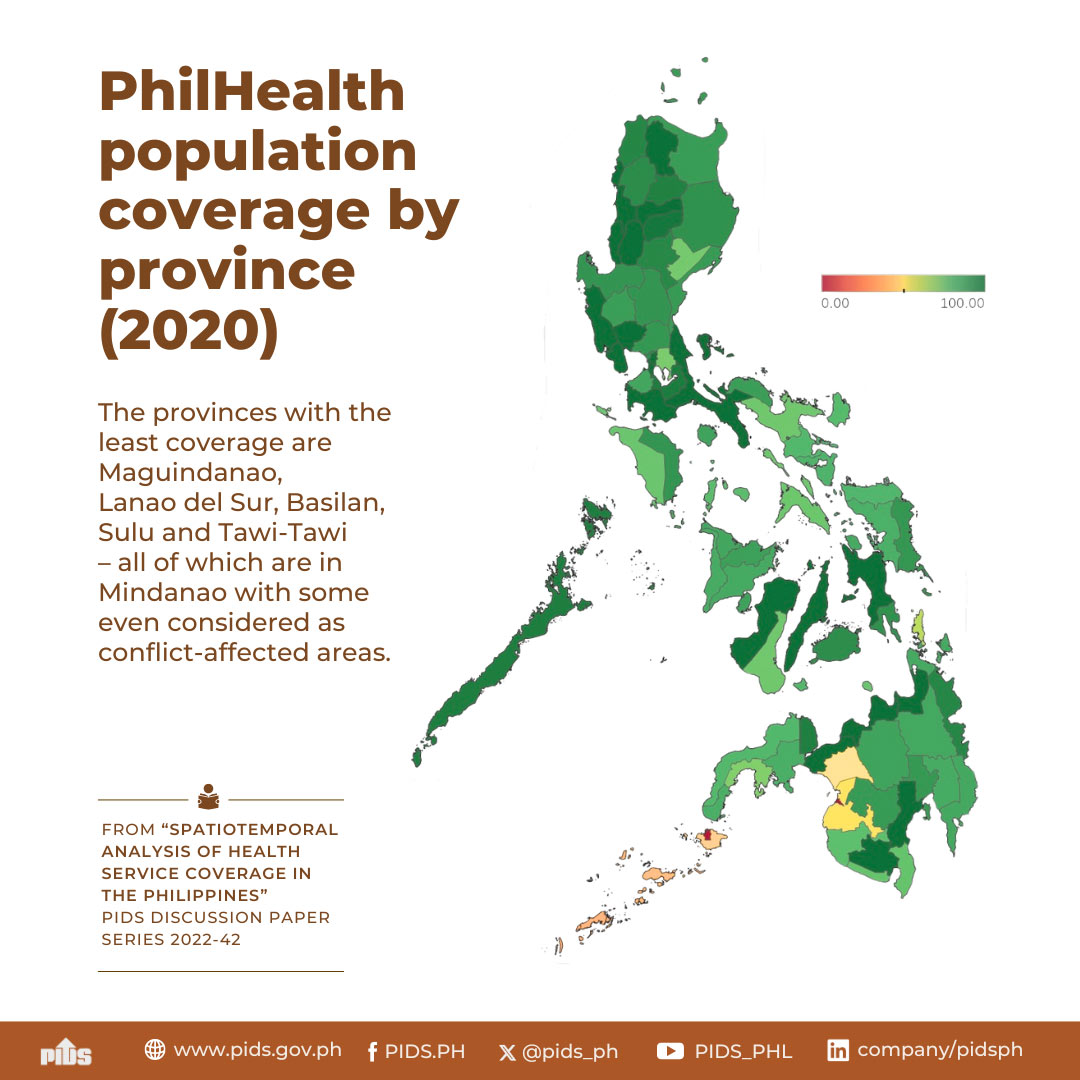CEBU, Philippines — Central Visayas is improving in terms of addressing certain health concerns, a Department of Health study shows.
Celia Reyes, senior research fellow at the DOH’s Philippine Institute for Development Studies, told local government officials yesterday that the region’s performance per sector had changed for the better.
It includes achievements lowering infant mortality rate, under-five mortality rate, prevalence of underweight children aged zero to five years old; antenatal care from health professional, delivery by a health professional; facility-based delivery; immunization; and fertility rate.
Reyes said that comparative analysis of 2008 to 2011 data showed that Central Visayas region ranked six of 12 regions in terms of general health condition.
"Region 7 is in the middle group. You are not the top performer but also not at the bottom. The areas where the region has to improve on would basically be on maternal mortality rate, but this is the same for almost all regions in the country,” she said.
Among the improvements noted is that with infant mortality rate declining from 25 in 2008 to 22 in 2011, Central Visayas recorded 23 cases; while tallying 34 cases in under five mortality rate compared to the national average of 34.
In terms of prevalence of underweight children aged zero to five years old, the national average is 20.7 while Central Visayas got 19.4.
Also, PIDS Consultant Oscar Picazo said that Philippine Health Insurance Corporation (PhilHealth) coverage has increased "substantially,” including that for eligible households utilization; health facilities have became closer to the public; and the case rate system of average cost of major cases have declined.
Picazo, though, said there remains the low turnout of households maximizing the health insurance coverage due to lack of education, despite coverage sponsorship.
"Also the out of pocket expenditures continue to increase. The catastrophic expenditure of out of pocket is at two percent of the total population. At 100 million (members), it translates to around 2 million,” Picazo said.
Catastrophic expenses, he explained, are those spent for treating cancer, serious heart disease, and end-stage organ failure, which consume at least 40 percent of total household income.
He recommended that focus should be on disease prevention as opposed to aiding end-stage illnesses.
Picazo likewise suggested an expansion of benefits which, according to him, requires the increase of premium payments, as the country remains to be among the lowest in premium payments compared with other countries. — /RHM (FREEMAN)












